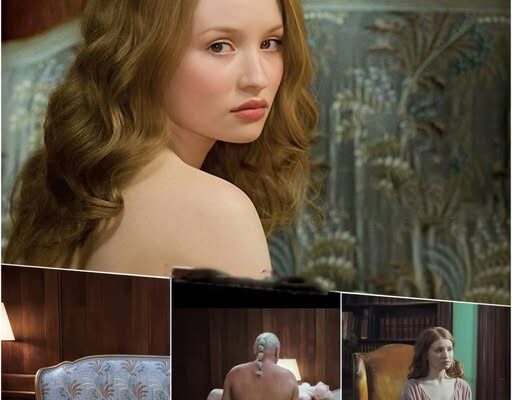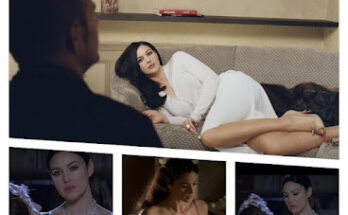La Bella Durmiente (2011) reimagines the classic fairy tale with a surreal and sensuous touch, and at the heart of this dreamlike narrative is the female lead who exudes an otherworldly charm. From her first appearance, she captivates the screen not with theatrical intensity but with a quiet, almost ethereal beauty that draws the viewer into her world of myth and fantasy.
The character’s visual presence is central to the film’s hypnotic tone. With porcelain skin, flowing hair, and delicate features, she embodies a timeless ideal of feminine grace. Her movements—slow, deliberate, and often bathed in soft light—heighten her mystical allure. Breillat frames her not just as a figure of desire, but as an image that exists on the edge of dreams, reinforcing the story’s fairytale origins.
There is also a deep sensuality in her portrayal, which is never overt or vulgar, but rather embedded in the nuances of her gaze and the vulnerability of her stillness. The camera lingers just enough to invite contemplation, allowing the audience to experience her beauty not as a spectacle, but as a living, breathing force within the narrative. Her sexuality is understated yet undeniably present, a kind of quiet magnetism that resonates long after the scene ends.
Part of what makes her so compelling is the balance she strikes between innocence and awakening. As the story unfolds and she transitions through symbolic stages of sleep and self-discovery, her allure evolves. She remains graceful, but there’s a subtle shift in her expression—an awareness that adds depth to her charm and suggests an internal world of emotions just beneath the surface.
In the end, the female lead of La Bella Durmiente is more than a beautiful face—she is a vessel for fantasy, longing, and quiet power. Breillat’s lens treats her with both reverence and curiosity, making her the emotional and aesthetic centerpiece of a film that lingers like a half-remembered dream.





